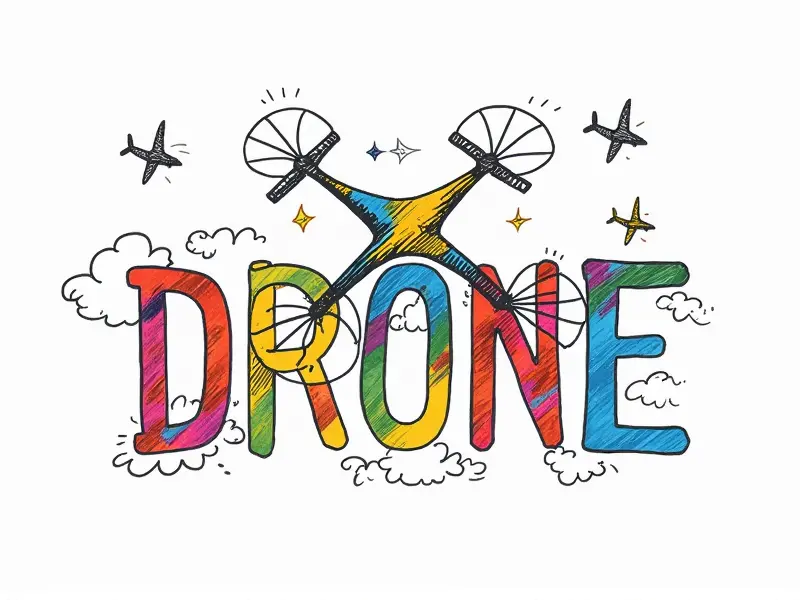RC planes how they work?

How Do RC Planes Work?
Remote control (RC) planes are a fascinating hobby that combines technology, aerodynamics, and skill. Understanding how these miniature aircraft operate can provide insight into the mechanics of flight in general. This article delves into the intricacies of RC plane functionality, from basic principles to advanced technologies.
Inside the Mechanics of RC Airplanes
The inner workings of an RC plane involve a complex interplay between various components and systems designed to mimic full-scale aircraft. The heart of any RC plane is its power system, which can range from electric motors to internal combustion engines. These propulsion methods are crucial for generating thrust.
Understanding RC Plane Flight Dynamics
Flight dynamics in RC planes encompass the principles that govern how these models move through the air. Key factors include lift, drag, weight, and thrust. Lift is generated by the wings' shape and angle of attack, while drag opposes forward motion. Weight must be balanced to maintain stability.
RC Plane Technology Explained
The technology behind RC planes includes advanced electronics like radio control systems, servos, and flight controllers. These components work together to provide precise control over the plane's movements. Modern advancements in battery technology have also improved performance and efficiency.
Secrets Behind RC Plane Functionality
Several secrets lie behind the functionality of RC planes, such as the use of aerodynamic principles like Bernoulli’s principle and Newton’s laws of motion. These scientific concepts explain how wings generate lift and how control surfaces manipulate flight paths.
RC Plane Components and Their Roles
- Wings: Generate lift through airfoil design.
- Elevators: Control pitch (up and down movement).
- Ailerons: Manage roll (side-to-side rotation).
- Rudder: Steer yaw (left and right turns).
- Motors/Electric Motors: Provide propulsion.
Beginner's Guide to RC Aircraft Functionality
For beginners, understanding the basics of RC plane functionality is essential. Start by learning about different types of planes and their specific control mechanisms. Practice flying in open areas with minimal wind interference to get a feel for handling.
Secrets Behind RC Plane Control Systems
The secrets behind effective RC plane control systems lie in the precision of servos, which are small motors that move control surfaces like elevators and rudders. Advanced features such as gyroscopes and accelerometers enhance stability and maneuverability.
Anatomy of an RC Airplane: A Closer Look
A closer look at the anatomy of an RC plane reveals a sophisticated system of interconnected parts. From the fuselage to the wings, each component plays a critical role in achieving flight. Understanding these components helps in maintaining and troubleshooting issues.
How RC Planes Achieve Lift and Stability
Lift is achieved through the wing's airfoil design, which creates low pressure above the wing and high pressure below it. This difference in pressure generates upward force. Stability is maintained by balancing weight distribution and using control surfaces to counteract forces.
RC Plane Propulsion 101
The propulsion system of an RC plane can be electric or gas-powered. Electric motors are favored for their efficiency and ease of use, while internal combustion engines offer more power but require maintenance. Both systems must provide sufficient thrust to overcome drag.
Conclusion
In conclusion, understanding how RC planes work involves delving into the mechanics, technology, and principles that govern flight. From basic components like wings and control surfaces to advanced electronics such as servos and flight controllers, each element plays a crucial role in achieving lift, stability, and maneuverability. Whether you're a beginner or an experienced hobbyist, mastering these concepts will enhance your enjoyment of RC aviation.

